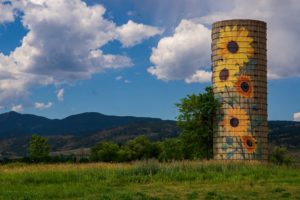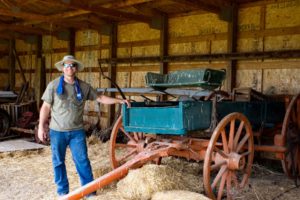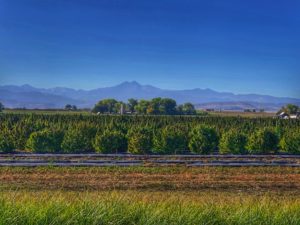There are many options for those wishing to study an agriculture-based degree due to the nature of the breadth of the subject. With the exploration of modern concepts such as GM, environmental change, sustainability as well as the business and scientific sides, potential students are spoiled for choice for employment and degree options. In most cases, an undergraduate degree should be enough to find good employment and students in the US taking an undergraduate degree have a distinct advantage over other countries due to the size of the industry here. There remains a shortage of agriculture graduates too, so it should not be difficult to find gainful employment. For those entering into agriculture as a career, once you have chosen this as a major it would be wise to choose such related subjects as chemistry, nutrition, biology and any environmental options your college or university might offer. With an undergraduate degree, you can manage farms and ranches, fisheries and forests, work with soil conservation or many other “outdoors” options.
For research degrees, for example those related to the environment, genetics and selective breeding, agricultural engineering and technology, an advanced degree is a likely requirement – typically an MS if you want to focus on lab work rather than field work.
Agriculture is defined as the cultivation and exploitation of animals, plants (including fungi) and other forms of organic life for human use including food, fiber, medicines, fuel and anything else. It is, and has been since there was an agricultural market, one of the largest employers of people; in the USA today, agriculture represents 20% of the US economy (1). Before organised agriculture, it is believed that the food supply could provide for just 4 million people globally (21).
Even as technology changes, agriculture adapts and could never become obsolete – even in a time when it might conceivably be vastly different from what it might have been at the dawn of agriculture. After all, we are always going to need to increase the number of crops we grow for food and for clothing, dyes and oils, seed development and engineering to cope with the growing needs of the world’s population, even if the picture is not as bleak as the most conservative concerns might suggest (2). Today, agriculture is as much a science as an art. With a need to cope with the growing needs of the planet’s population, and to find ways to keep producing food and other crops as we expand into marginal landscapes, and adapt to a changing climate, changes in agriculture practices, food technology and bio technology will continue to be a big part of human civilization.
The History of Agriculture
Prehistory
For most of our existence, humans were hunter-gatherers. This means that people lived a nomadic lifestyle, moving with the seasons to follow the food supply. As the glaciers retreated and plant life patterns and growth areas changed in response, it meant that the need to move so often became slightly less essential – though undoubtedly the lifestyle carried on for thousands of years as people sought to maximize their resource acquisition (4, p574-5). Hunter-gatherer societies would have known which crops were best to exploit with each season.
The “hunter-gatherer” moniker can be a misnomer as it is believed today that nomadic communities didn’t suddenly just decide one day to stop moving and to set up permanent settlements – though the reasons for the transition have been explored in great deal and is still not settled (4, p561-3). It is likely that some degree of semi-nomadic lifestyle developed where people simply set up camps for several years at a time, cordoning off areas of wild crops that had the most abundant resources (5, p146). It is also likely that they had herds of livestock that they took with them wherever they moved, keeping them secure to exploit for milk, meat, fur and other resources. The need to protect stores of food for the next season may also have played a part.
Archaeologists and palaeontologists have traced the origins of farming to around 10,000 years ago, to somewhere in the Indus Valley, and possibly as a separate development in China along the Yangtze River (6). It is known that humans first domesticated crops and later livestock in great enough numbers to recognize the signs of deliberate exploitation (5, p141-3).



